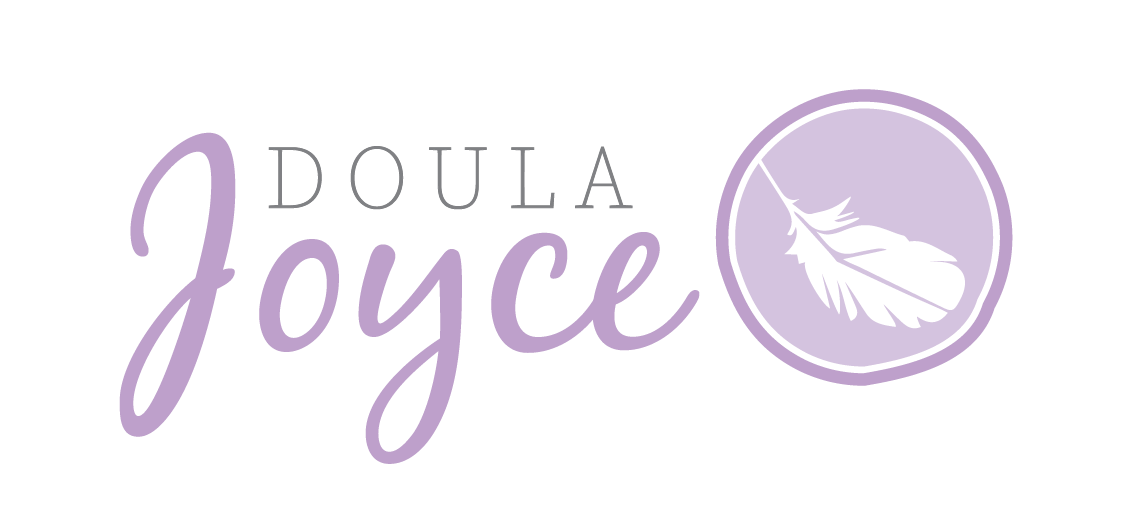Hospital Data - Bad News Nebraska
Every summer, I compile the latest statistics on childbirth in Nebraska. Unfortunately, when I went to nhacarecompare.com to get the 2020 hospital discharge data, it was still 2019 information! In the couple of weeks since I tried, the website has now been taken down. The Nebraska Hospital Association (NHA) previously reported hospital discharge numbers following procedures on the Care Compare website so consumers could compare the price of their care at different hospitals. With the Health Care PRICE Transparency Act effective July 1, 2022, hospitals must publicly publish how much they charge for procedures, so NHA will no longer maintain that website. I had previously used this discharge data to calculate hospital-level overall Cesarean rates since 2017, and I cannot find this information anywhere else at this time. The NHA could create a hospital-specific healthcare quality report for all areas of medical care, similar to what the LeapFrog Group and the Joint Commission report, specific to Nebraska.
Despite the disappointment, I have updated my Nebraska birth statistics PDF, free for my email subscribers, and there is some good news.
More Nebraska hospitals completed the Leapfrog Group survey this year! All of the CHI Health hospitals, Great Plains Health in North Platte, Kearney Regional in Kearney, and Ogallala Community in Ogallala all completed the survey, which is currently the only place where hospitals must publicly report their episiotomy rates.
Nebraska’s Cesarean rate is still decreasing, the rate peaked at 31.1% in 2015, and was 28.84% in 2020.
Nebraska’s VBAC rate is also still increasing, it was 10.8% in 2014 when I first began tracking the information, and it was 19.17% in 2020.
Hospitals, OB and Midwife practices, and state agencies should publish all of the statistics I have reported here, and more. While all the information I have compiled is publicly available and hypothetically available to consumers, the time and effort required to locate each statistic makes this information unattainable to most. If an organization is proud of their statistics, they should be reporting them and praising their staff. If an organization sees room for improvement, they should determine and publish action steps to improve their quality of care.
The state of Nebraska released their first report on maternal mortality and morbidity in September 2021, https://dhhs.ne.gov/Reports/Maternal%20Mortality%20Report%202021.pdf. How many women die in pregnancy, childbirth, and the first year postpartum, and why they die, is important information that can help identify ways we can prevent maternal deaths. This is extremely important, as the Nebraska committee found that 75% of maternal deaths were preventable.
The state of Nebraska does not seem to collect and/or publish statistics on neonatal mortality. The number of babies who die in pregnancy, during childbirth, and in infancy, as well as why they die, is important information that can help identify ways we can prevent neonatal deaths.
Nebraska’s Department of Health and Human Services has not released a Vital Statistics Report since 2017, which included a summary of many of these same statistics I report here. The Department had previously released a Vital Statistics report annually, and they should do so again.
In 2015, the Nebraska Perinatal Quality Improvement Collective was founded to improve the quality of care to Nebraska mothers and babies. They have a variety of quality improvement projects in their pipeline that look extremely promising. Publicly publishing their findings, progress reports, and other quality information would be beneficial. Some changes they should make to their board would be increasing the racial, ethnic, and cultural diversity, inclusion of a Certified Nurse Midwife, and including consumers. http://www.npqic.org/
Amino.com used to publish individual physician Cesarean rates, but they have changed to a membership service. Amino should make their quality care data public again.
At this time, only 9 out of nearly fifty Nebraska hospitals have responded to the Leapfrog Group Hospital Survey. You can urge your local hospitals to respond by using the form letter provided by The Leapfrog Group, https://www.leapfroggroup.org/sites/default/files/Files/Survey%20Participation%20Request%20Letter.docx.
Hospital and provider Induction Rates, Augmentation Rates, Epidural Rates, Episiotomy Rates, Primary Cesarean Rates, and NTVS Cesarean Rates would be excellent information to help consumers evaluate maternity care options in their areas.
What further information do you want to see available to the public?

